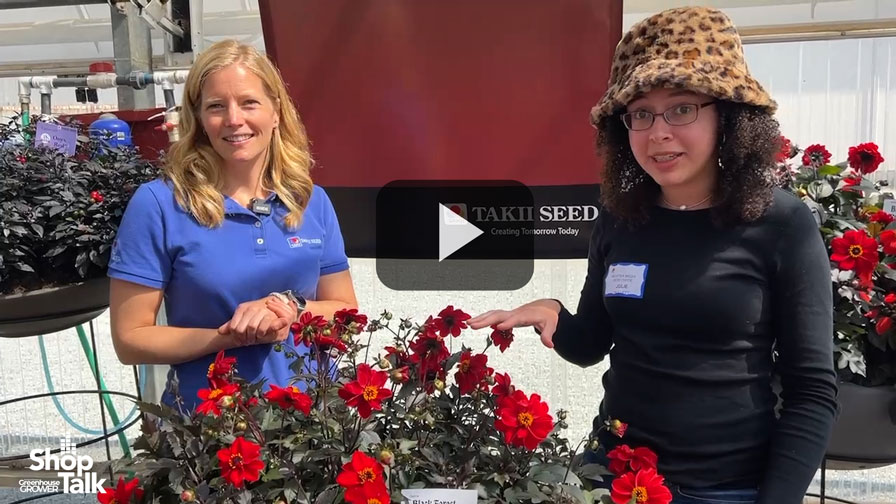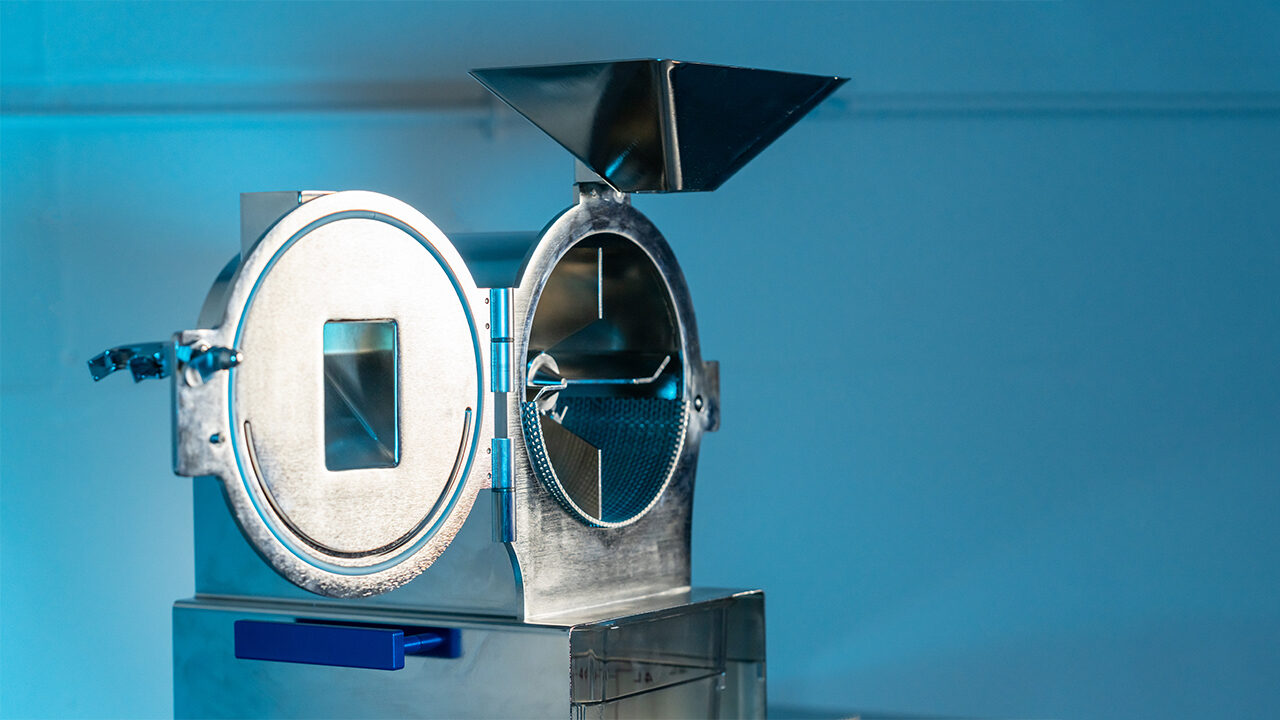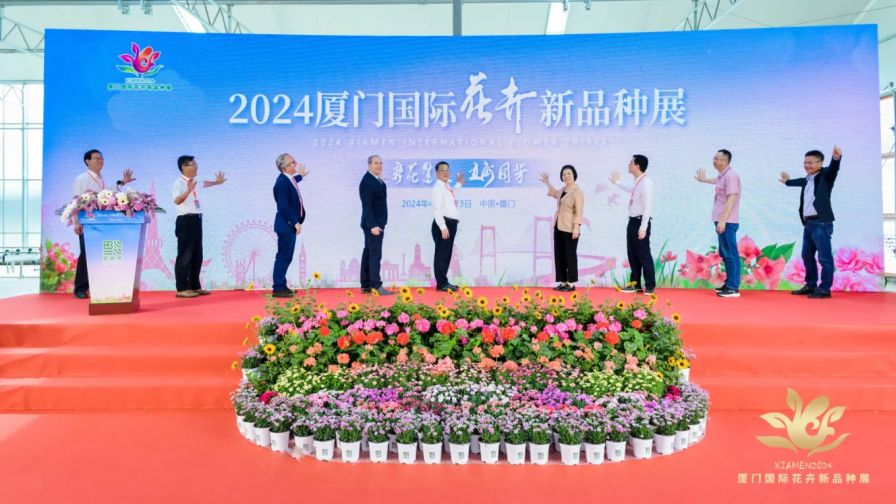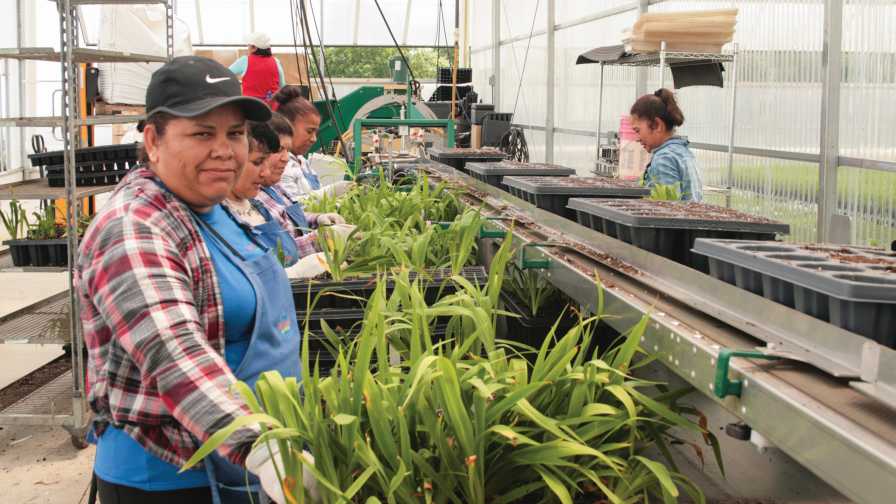What’s the Future of Indoor Agriculture Look Like? Plenty Paints a Picture
Indoor agriculture has been outcompeting yield gains in field production and greenhouses by orders of magnitude. As droughts across the U.S. — and the rest of the world — intensify, its promise to use water more efficiently is also encouraging. But the Controlled Environment Agriculture (CEA) industry is still a drop in the bucket compared to traditional farming. Much work lies ahead to overcome major challenges such as sourcing clean energy and lowering production costs.
Plenty has been a pioneer in indoor agriculture and is constructing its second commercial farm in Compton, CA. The startup said the production in this new 95,000 square foot operation will be equivalent to 700 acres of farmland and is scheduled to start next year. Other important players such as Gotham Greens and Infarm also have big plans and AeroFarms is preparing to go public later this year, which may be seen as evidence for a maturing market.
We invited Nate Storey, Plenty’s co-founder and chief science officer, to a conversation about the future of the industry. Here is a portion of the Q&A.
Despite large yield improvements, indoor agriculture is still an expensive way to grow salad. What advancements in control systems, breeding, hardware or other areas are you looking to for improved profitability and product variety?
Storey: In the next couple of years, most of our yield gains will likely be accessed by process improvements. That has elements of robotics, machine learning, precision systems, computer vision and so forth. At the heart of it is figuring out how to streamline processes and make the plants grow at a maximum rate. It’s not all shiny and sexy necessarily. But when you partner good old-fashioned horticulture with things like robots and great software and some other tools we have, the outcomes are pretty impressive.
Let’s imagine indoor ag does scale significantly. How will that impact farmworkers and agricultural jobs more broadly?
Storey: Field production is going to be necessary for a long time as are greenhouses. By our figures, the fresh fruit and vegetable industry has to be three times what it is today to meet the nutritional needs of people around the world. So we will be building on top of existing agricultural capacity, not necessarily replacing it, and creating net new jobs. Labor is already a big challenge for field producers but I don’t think we’re going to contribute to those challenges any more than any structural changes in the industry. The rise of robotics, in general, will probably be more impactful on jobs. I think of robots like the modern tractor where you have a farmworker who can now do the job of 10 to 50 people with the help of robotics.
In terms of continued innovation, how much do you engage in pre-competitive and collaborative research with other players in the space to overcome shared challenges such as energy use?
Storey: There is collaboration taking place through the CEA Food Safety Coalition and there’s a couple of other agencies and programs that are focused on research. Those things are good and necessary but I think that the real rubber meets the road when universities start to get funded in meaningful ways to help the industry. Until then, it’s going to be relatively small projects, as folks aren’t very open in the industry.
For more of the conversation, continue reading at Greenbiz.com.








